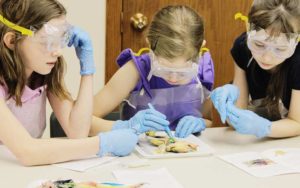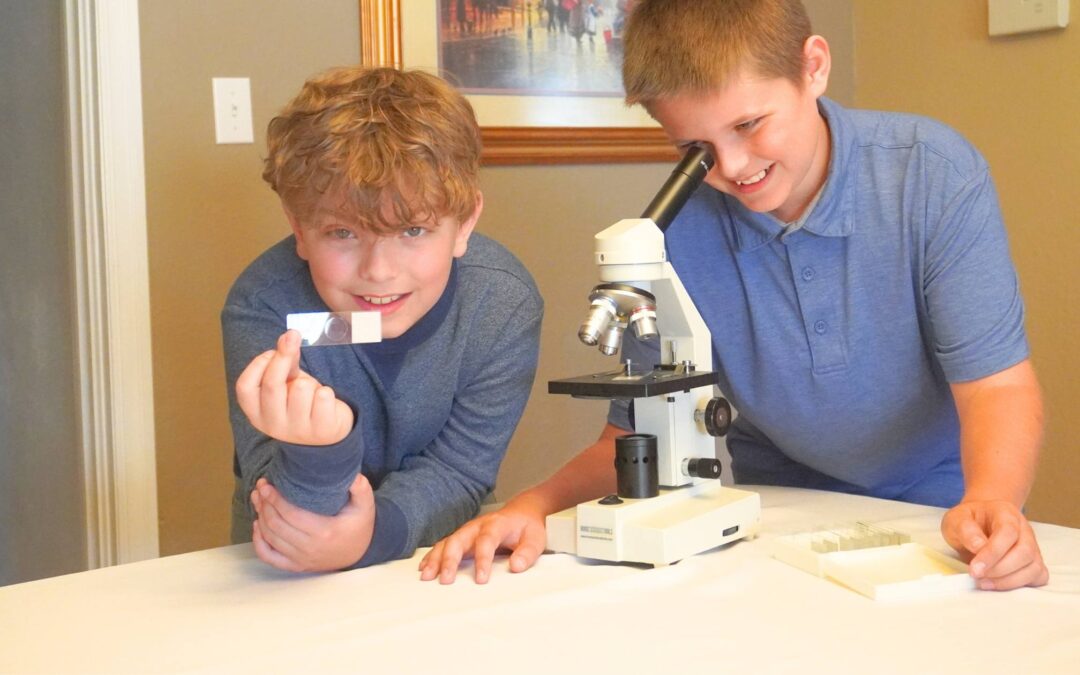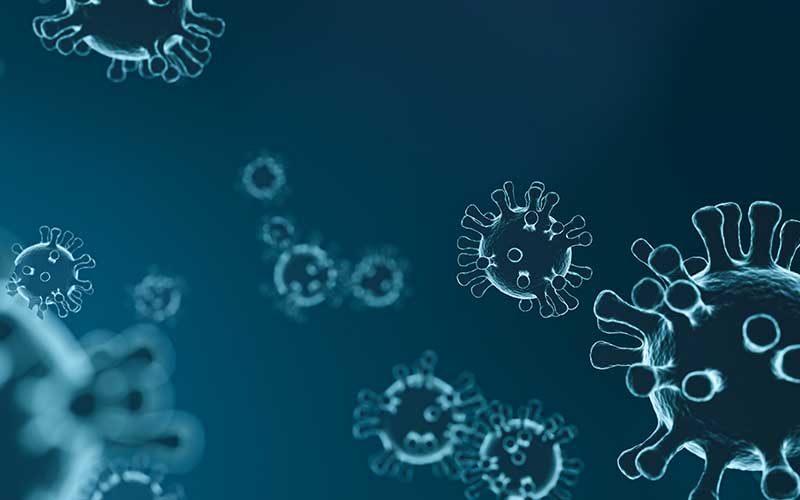You care about the safety of your students. Also, you want every chemistry lab or experiment to be a success. That’s why you need Personal Protective Equipment (PPE).
What is Personal Protective Equipment?
Personal Protective Equipment (PPE) refers to eyewear, gloves, and an apron or lab coat. The PPE that’s right for you depends on what science experiment you will be performing.
When should you wear Personal Protective Equipment?
Chemistry Lab
Does your experiment or lab use chemicals that are hazardous? They will say flammable, toxic, poison, or corrosive. If so, you will need full protection. It’s as easy as 1-2-3!
- goggles to protect your eyes from chemical splashes, sparks, or debris
- chemical-resistant gloves to protect your hands from heat and harmful chemicals
- chemical-resistant apron or lab coat to protect your skin from chemical splashes or from sparks (and keep your clothing clean)
Anyone who is performing any part of a chemistry experiment will need to have PPE. Students who are standing nearby to observe the experiment should also be wearing goggles to protect their eyes.
Biology Dissection
When performing a biology dissection you will need to wear goggles, gloves, and an apron.
- goggles to protect against the chemical the preserved specimens are packaged in
- disposable gloves work well to protect your hands from chemicals and to keep them dry
- disposable aprons are available for biology labs in a variety of styles, customizable to each student
This is why YOU need Personal Protective Equipment.
Life is hard to predict. Science experiments often can lead to an unexpected or hazardous situation. Wearing PPE is an easy choice that can save you grief later on. It is much easier to put on goggles than to try to rinse your eyes from a harmful chemical splash.
You might be thinking…
Sure, PPE is the safe choice. But does it have to look so unfashionable? A few style tips for you:
- Find the equipment that fits you well. It should be comfortable and functional.
- Remember (and remind students) that this is how real scientists in a lab look.
Find your Personal Protective Equipment now!
Gloves:
- chemical-resistant neoprene/latex glove (in many sizes for kids and adults)
- heat resistant glove
- disposable latex gloves (should fit tight, like a second skin)
- disposable nitrile gloves (ideal for those with latex allergies, puncture-resistant)
Goggles:
- Splash goggles (protect students of any size from chemical splashes)
- Impact goggles will protect you from flying debris, especially when performing rocks and minerals experiments
Aprons:
- lightweight and adjustable disposable apron
- heavy-duty (and chemical-resistant) vinyl apron
- lab coats offer full coverage and are available in multiple sizes for men, women, and children






